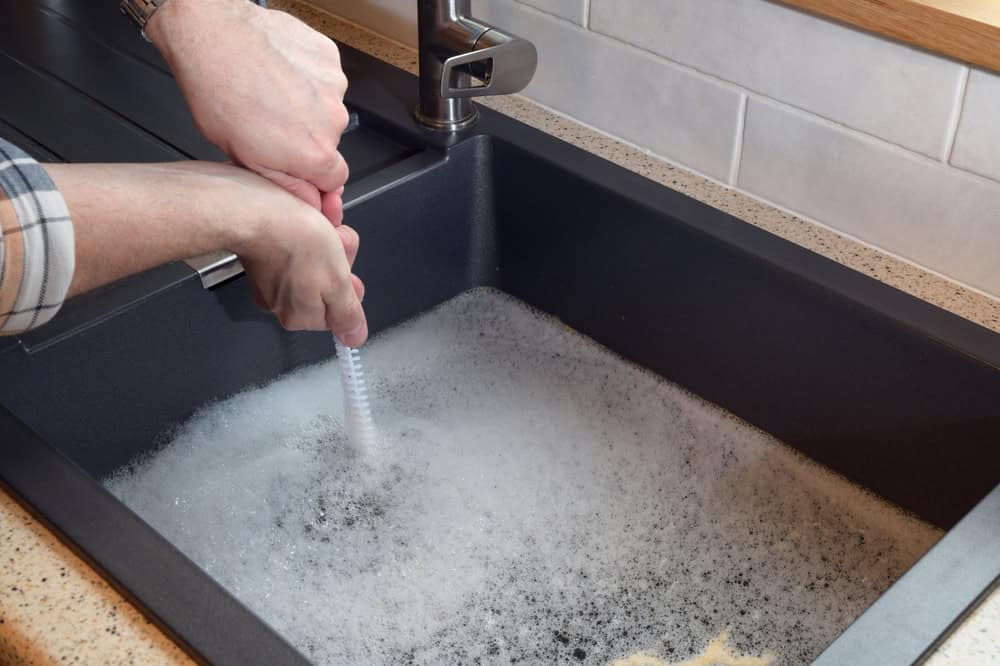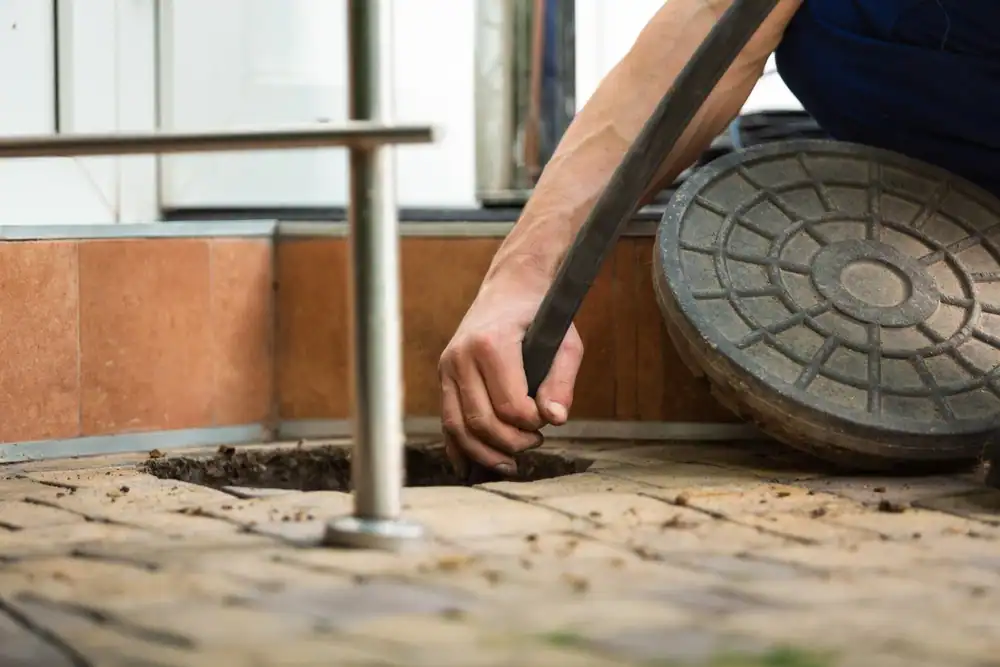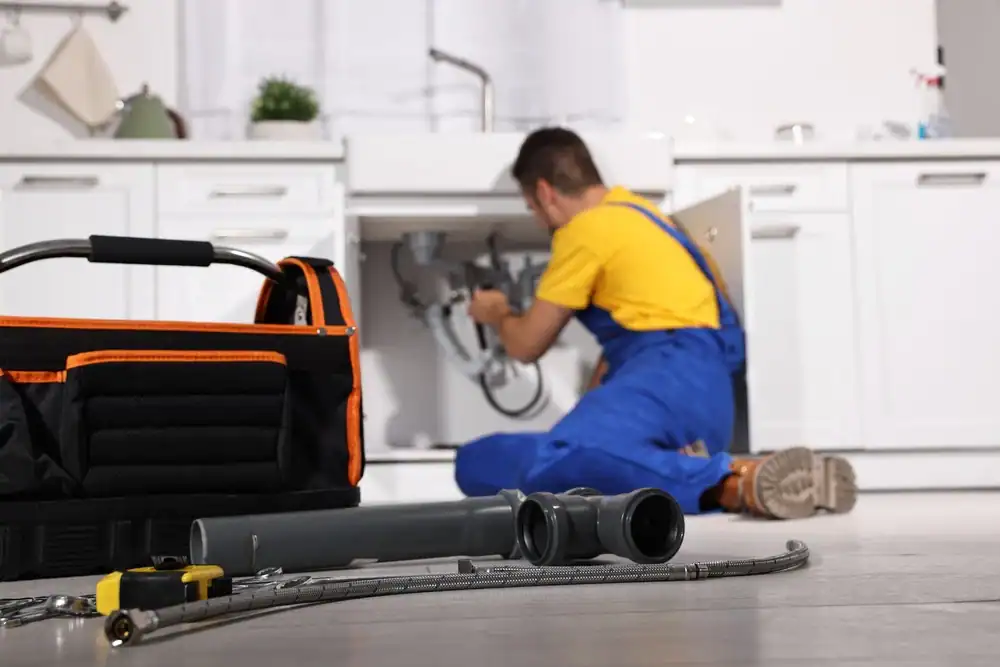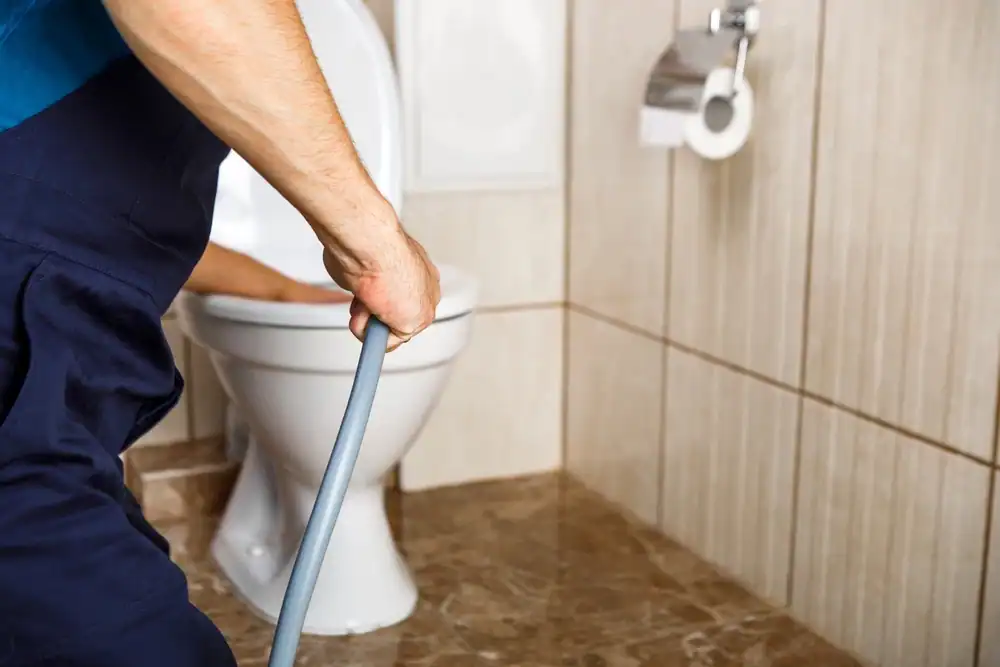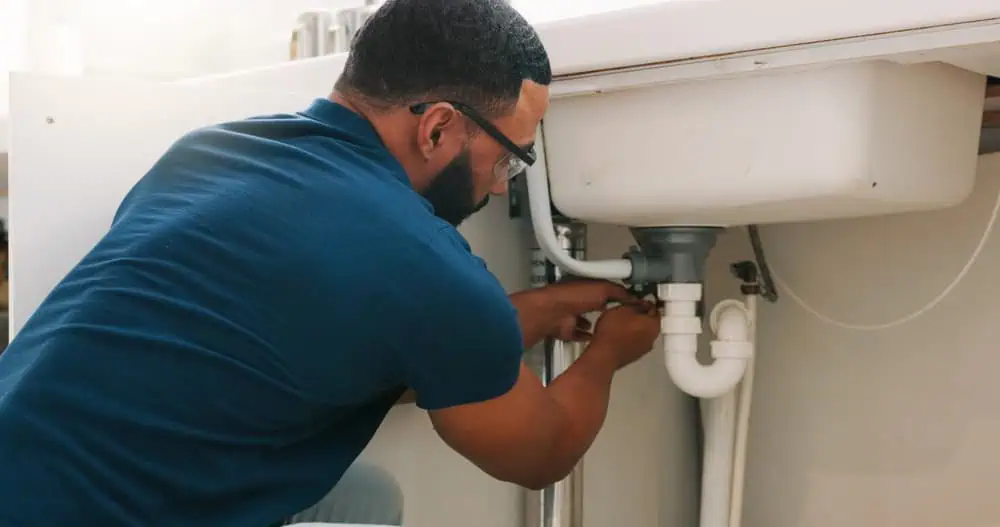Summary:
Safe DIY Drain Cleaning Methods You Can Use
The most dependable DIY drain cleaning solutions use items you likely already have. These methods work by either dissolving the organic materials that form the blockage, using pressure to dislodge the obstruction, or physically pulling the clog out without the need for caustic chemicals. First, simple household staples like hot water, baking soda, and vinegar can resolve most minor clogs safely and effectively. Next, for more solid blockages, a small, inexpensive tool can often provide the physical force needed. The approach is to understand which method is appropriate for your specific clog and to follow the correct procedure. When you use the right technique, you can often restore flow to your drains in minutes without calling for plumber services. This knowledge empowers you to handle small inconveniences before they become major problems.
The Hot Water Flush for Grease and Soap Buildup
For clogs caused by grease or soap, begin with the most straightforward method. Carefully boil a large pot of water (approximately half a gallon) and pour it directly into the drain opening in two or three separate stages. Allow a few moments between each pour for the heat to penetrate and work on the blockage. This method is particularly effective in kitchen sinks, where accumulations of cooking grease are common. The high temperature of the water liquefies hardened grease and dissolves soap scum, allowing it to be flushed down the pipe. For bathroom drains, this same process can break down the combination of hair and toothpaste that often builds up. Wait for the drain to cool for around half an hour and try again if you don’t see results right away. This method is safe for most pipe materials, including copper and galvanized steel. However, you should avoid using boiling water on PVC pipes if you suspect the joints are loose, as the intense heat could soften the pipe and worsen the connection.
Baking Soda and Vinegar for stubborn Organic Clogs
For clogs caused by grease or soap, begin with the most straightforward method. Carefully boil a large pot of water (approximately half a gallon) and pour it directly into the drain opening in two or three separate stages. Allow a few moments between each pour for the heat to penetrate and work on the blockage. This method is particularly effective in kitchen sinks, where accumulations of cooking grease are common. The high temperature of the water liquefies hardened grease and dissolves soap scum, allowing it to be flushed down the pipe. For bathroom drains, this same process can break down the combination of hair and toothpaste that often builds up. Wait for the drain to cool for around half an hour and try again if you don’t see results right away. This method is safe for most pipe materials, including copper and galvanized steel. However, you should avoid using boiling water on PVC pipes if you suspect the joints are loose, as the intense heat could soften the pipe and worsen the connection.
Want live answers?
Connect with a FloTek Plumbing expert for fast, friendly support.
When DIY Methods Are Not Enough: Signs You Need a Professional Plumber
While DIY approaches are excellent for minor issues, certain symptoms point to a more significant problem that requires professional plumbing repair. Attempting to resolve these larger issues yourself can waste time and potentially lead to bigger messes, like sewage backing up into your home. If you notice multiple drains clogging at once, persistent foul odors emanating from your drains, or gurgling sounds from toilets when you use a sink, these are clear signs of a main line blockage. These issues are beyond the scope of household remedies and require the specialized equipment of a licensed plumber. Ignoring these warnings can lead to more substantial property damage and sanitation risks, turning a plumbing issue into a major restoration project.
Multiple Drain Backups and Main Line Issues
If flushing a toilet causes water to back up into your shower or running the dishwasher leads to a gurgling kitchen sink, the problem is not in an individual drain. These are classic symptoms of a blockage in your main sewer line, the single pipe that carries all of your home’s wastewater to the municipal sewer. In areas like St. Charles, with many established trees, root intrusion is a very common cause of main clogs. Tree roots seek moisture and can invade pipes through tiny, imperceptible cracks, growing into a dense mass that obstructs flow. An emergency plumber has the tools to address this, such as a video camera inspection to pinpoint the problem and high-pressure hydro-jetting equipment. A hydro-jetting machine uses water pressurized up to 4,000 PSI to cut through roots and scour away years of accumulated sludge, restoring the pipe to its full diameter without damaging the pipe itself.
Recurring Clogs and When DIY Becomes Counterproductive
If you are constantly battling the same clog in the same drain every few weeks, there is likely an underlying issue that household remedies cannot fix. Recurring clogs often indicate problems such as pipe damage, improper grade or slope of the pipe, or a partial collapse. Older homes in the St. Charles area may have original cast iron pipes that have become corroded and rough on the inside. These pitted surfaces snag toilet paper and waste, creating persistent blockages that a simple DIY fix can only temporarily clear. Continuing to use plungers or chemical agents on these recurring issues can worsen the situation by pushing the blockage further down or accelerating pipe corrosion. A professional plumber can perform a video pipe inspection to identify the true source of the problem. This removes the guesswork and allows for a permanent plumbing repair, saving you from a cycle of temporary fixes.
A Sensible Approach to Drain Cleaning
For many small clogs, a DIY approach using hot water or a baking soda and vinegar mixture is a sensible first step. These methods protect your pipes and your home’s air quality. The key to responsible home maintenance is also knowing your limits. When you see signs of a main line blockage, like multiple slow drains or hear gurgling from other fixtures, it is time to set aside the DIY tools. Calling a licensed plumber for professional drain cleaning is the correct next step. For any plumbing repair or drain cleaning needs in the St. Charles, IL, area that go beyond a simple fix, contact FloTek Plumbing. A professional diagnosis can prevent a small issue from becoming a large and expensive problem.
